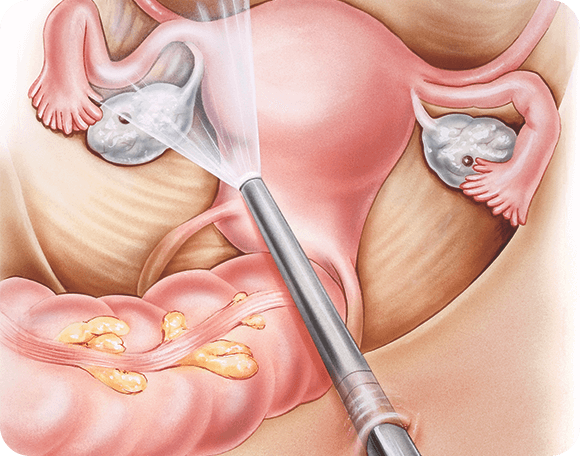Understanding Surgical Interventions in IVF Centers
Surgical procedures in IVF centers are categorized into diagnostic and therapeutic interventions, each
tailored to the specific needs of individuals or couples undergoing fertility treatment. These surgeries
are conducted under sterile conditions with advanced surgical techniques and equipment, ensuring safety,
efficacy, and minimal invasiveness whenever possible.
Diagnostic Surgeries
Hysteroscopy
Hysteroscopy is a minimally invasive surgical procedure used to examine the inside of the
uterus (uterine cavity) and diagnose or treat abnormalities that may affect fertility. It involves
inserting a thin, lighted telescope (hysteroscope) through the cervix into the uterus.
Applications
Uterine Abnormalities: Identifying and correcting structural issues such as uterine septum (partition in
the uterus), polyps, fibroids, or scar tissue (adhesions) that can interfere with embryo implantation.
Diagnostic Biopsy: Obtaining tissue samples for further evaluation, such as endometrial biopsy to assess
the uterine lining.
Benefits Hysteroscopy allows for direct visualization and precise treatment of intrauterine
abnormalities, potentially improving the chances of successful embryo implantation and pregnancy.


